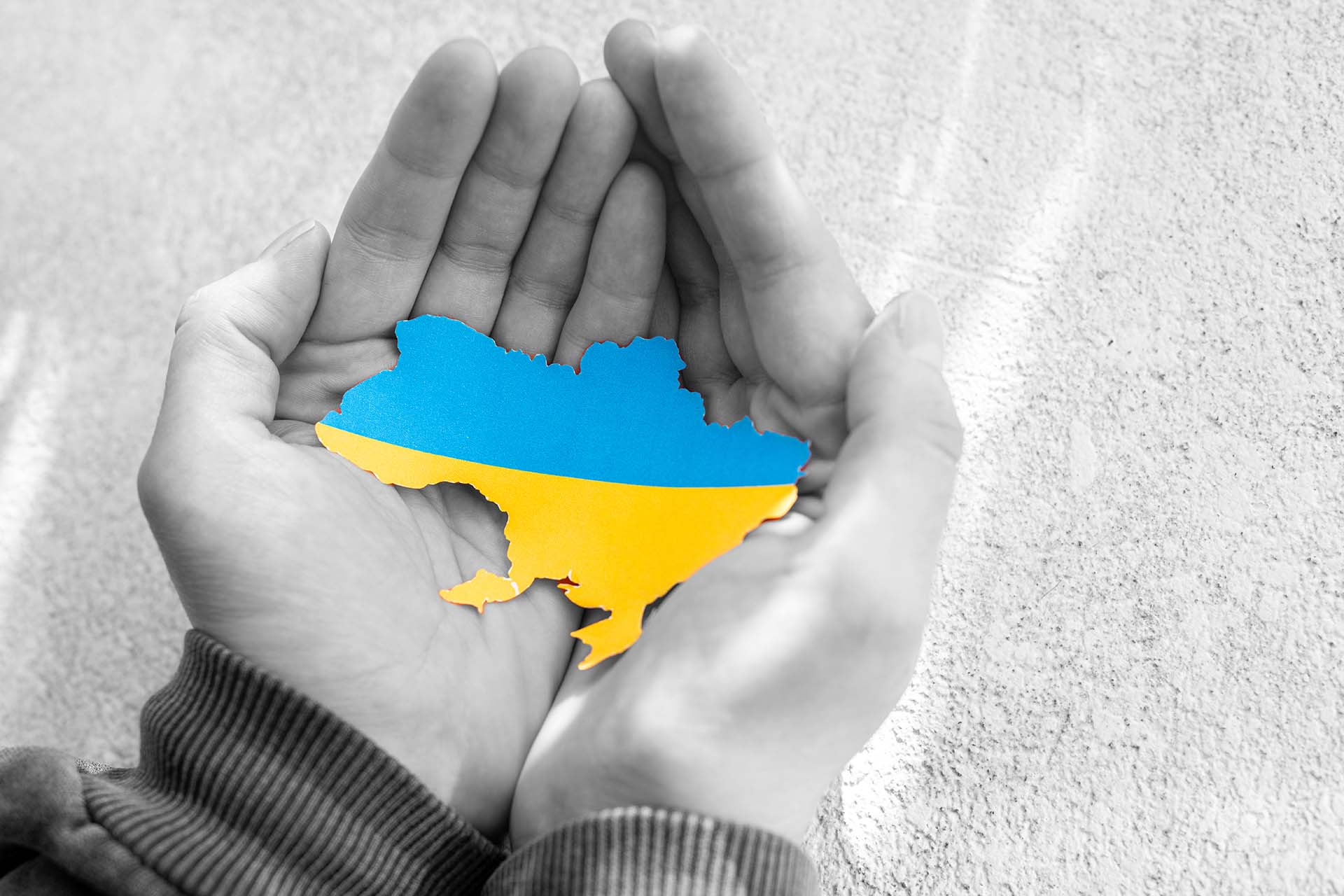In early March the European Union agreed to urgently implement the Temporary Protection Directive (TPD) (2001/55/EC) to provide Ukrainian refugees with a unified immigration option throughout the EU.
This directive was initially drafted in 2001 as a result of the Yugoslav Wars, in order “to give immediate protection to persons who need it and to avoid overwhelming Member States’ asylum systems.”
The most recent vote marked the first time the EU will invoke these measures.
The General TPD Framework
While implementation and application details haven’t been announced, high-level information about the TPD’s framework has been confirmed by the authorities.
There will be some inter-country differences in the approach to the TPD, as each member state will be granted the ability to integrate TPD’s standards into their own immigration legislation. With the above in mind we anticipate further communications from the EU and member states in the coming weeks.
Planned Coverage
The TPD will provide temporary protections to the following three categories of individuals, although note that each member state will be able to determine the TPD status is eligible under their own legislation:
1. Ukrainian citizens residing in Ukraine before 24 February 2022
- Third-country nationals or stateless persons who were legally residing in Ukraine prior to 24 February, and who hold permanent residence status in Ukraine, and who are unable to return in safe and durable conditions to their country or region of origin.
- Third-country nationals or stateless persons who were legally residing in Ukraine while holding any other legal residence status (e.g. students, short-term work permit holders, etc.), and who are unable to return in safe and durable conditions to their country or region of origin.
- Individuals (Ukrainian citizens and third-country nationals alike) who arrived shortly before 24 February 2022 and who are now unable to return to Ukraine due to the current crisis.
2. Third-country nationals or stateless persons legally resident in Ukraine who were displaced from Ukraine as of 24 February 2022 and who benefited from international protection or equivalent national protection in Ukraine prior to 24 February 2022.
3. Eligible family members of the previous two categories, as long as the family already existed in Ukraine at the time of the circumstances surrounding the mass exodus from the country. Note that this is regardless of whether that family member could safely return to their country of origin. The following individuals will be considered to be part of a family (note that the family must have already been present and residing in Ukraine before 24 February 2022):
- The spouse of a Ukrainian citizen eligible for TPD status, or the unmarried partner in a stable relationship, where the legislation or practice of the Member State concerned treats unmarried couples in a way comparable to married couples under its national law relating to aliens.
- The minor unmarried child of an eligible Ukrainian citizen eligible for TPD status, or of his or spouse without distinction as to whether they were born in or out of wedlock or adopted.
- Other close relatives who lived together as part of the family unit at the time of the circumstances surrounding the mass influx of displaced persons, and who were wholly or mainly dependent on a Ukrainian citizen eligible for TPD status.
Foreign nationals with legal short-term residence status in Ukraine and who are able to return to their country of origin safely will fall outside the scope of this Directive. This is anticipated to include temporary/short-term work authorization holders, foreign students, and other short-term residence statuses. However, these individuals will be allowed to access the EU in order to secure transportation back to their country of origin.
Permissions to be Provided
- Individuals who receive TPD status will be granted the following protections and rights:
- Residence Authorization – issued for an initial one year. Renewal eligibility and details have yet to be confirmed.
- Work Authorization / Access to Labour Market – in line with the duration of the individual’s residence authorisation.
- Social Welfare Assistance
- Access to Medical System
- Access to Other Government Assistance Programs
- Study Permission for Student-Aged Individuals – note that TPD will also confer the right to legal guardianship and access to the local education system for unaccompanied children and teenagers.
Duration of the TPD
Despite the directive requiring drafting and implementing fully into member states, essentially the TPD was put into force on the 4 March 2022, with additional details from the European authorities expected in the coming weeks. The TPD will be valid for an initial one year with automatic extensions for two additional six months periods, for a total of two years. EU governing bodies will be able to add an additional year beyond that timeframe if the situation in Ukraine continues into a third year.
Additional Notes
- Once the TPD applicant has obtained protected status in a specific Member state, the rights conferred with that status will only be applicable in the Member State that issued the residence permit.
- If a member state has a national scheme that is more favourable than the arrangements set out in the TPD, the Member State should be able to continue applying that national scheme. If a Member State’s national scheme is less favorable, however, the conditions of TPD should be implemented.
- For those Ukrainian citizens who entered the EU without their biometric passports, it has been proposed that the individual EU Member State grant permission to stay for 90 days during which the authorities will examine the individual’s situation and review any identifying documentation they have on hand.
- Ireland is bound by this Directive and will adopt the TPD framework into their national legislation.
- Denmark is not bound by this Directive and will not adopt the TPD framework into their national legislation. Additional details from the Danish authorities on any concessions for Ukrainian refugees is pending, but the country has indicated they will welcome refugees from this crisis.
The TPD proposal also included additional guidelines on border management for EU Member States. Final details of this are still pending from the EU authorities.
Pending Details
As previously mentioned, the full details of the TPD are yet to be announced. The key details still to be confirmed include, but are not limited to, the following:
- What will the application process include? For example, will it be simple registration or a streamlined immigration filing?
- What will processing times be? Note that, due to the high number of refugees who have already fled Ukraine, it is anticipated that stated processing times will be delayed.
- What will the document requirements include? This may include provisions for individuals who departed without being able to gather key identification documentation (biometric passports, birth/marriage certificates, driver’s licenses, documentation for family pets, etc.).
- Will there be any additional country-specific eligibility criteria? Outside of the TPD’s required eligibility criteria, Member States will be allowed to determine additional eligibility criteria for who will qualify for TPD status.
- Will working remotely for a foreign-based entity or on a foreign payroll be permitted? While work authorisation and access to the labour market will be granted, remote work for a foreign-based entity and/or while on foreign payroll has not been addressed as yet.
If you have any further questions, or want more info about our services, please contact Yasmin Marshal on info@etesearch.com or call 01245 939188

